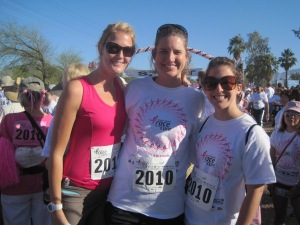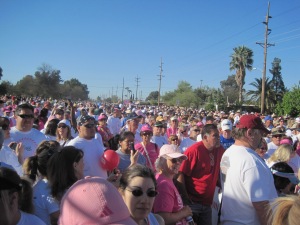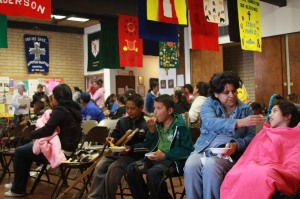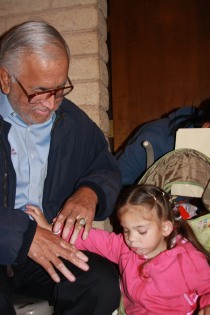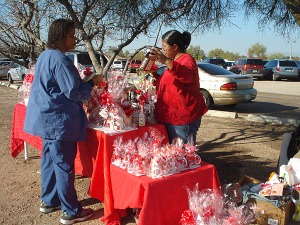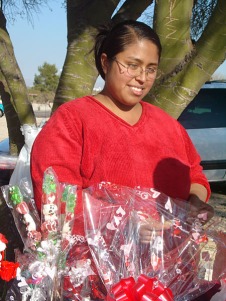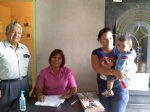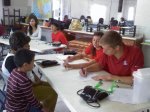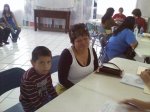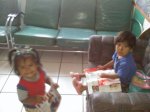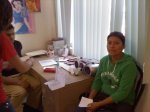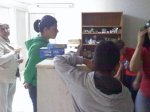As Border Beat comes to the end of the semester, I will take with me what I have learned from myself as well as from the others in my class. While running this class as a live news website, I feel that I have grown as a journalist more than I had expected. Together as a class, we tried out new kinds of social networking, live blogging, and other kinds of multimedia.
Each teammember had to do presentations on new websites and concepts that could benefit BorderBeat as a whole publication, and with each of our own unique talents, skills and interests, I believe we did better Border Beat. We all aimed for the same end result, and everyone brought something different to the table. I saw Border Beat come together as a real news outlet.
As student journalists, I believe that we see the world differently than professional news organizations. We produced some really interesting stories, especially ones specific to the Mexican culture. I’m sad to leave the Border Beat publication, but excited to see what fresh ideas next year’s students bring. The technology is quickly changing in this day and age, and I wonder what new kinds of multimedia will be introduced to classes in the future. I feel proud that students can keep up with, if not be leaders in the technological advancements. The journalism industry is changing, as I hold on for the seat of my pants. I’ll be ready for whatever comes my way, but even more, I’m experienced enough to know that I need to be aggressive in my journalism endeavours and attack first.
It’s been a pleasure to write and produce stories for this publication, and under Jay Rochlin. I’ve enjoyed all the different personalities and the strong work ethics of everyone in the class, and I’ll be standing right there with most of them in a week at graduation. I wish them all the best of luck in their future, and I know there’s a good job for each one of them out there!
Signing Off, Nikki Helms

